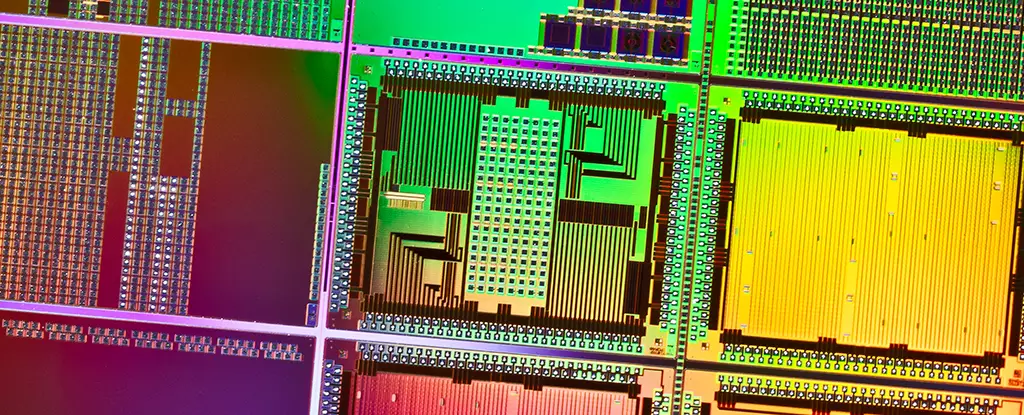A groundbreaking new transistor device has emerged, showcasing unparalleled levels of durability in tests. This innovative technology has displayed such remarkable performance that it has the potential to revolutionize the world of electronics and everyday gadgets. These minute toggles play a crucial role in nearly every contemporary electronic device, functioning in binary states to store data and process information. With the ability to switch back and forth rapidly, this latest transistor design boasts a remarkable combination of speed, size, and resilience to wear, offering a significant upgrade for consumer electronics such as smartphones and laptops, as well as the data centers housing our cloud-based information. A team of international researchers responsible for this discovery believes that our machines and systems could experience notable improvements in terms of speed, efficiency, and durability if this technology can be scaled up to practical levels.
The Science Behind the Innovation
This transformative transistor is crafted from an ultrathin ferroelectric material, based on boron nitride, which has recently been developed. By utilizing two layers of this material that shift slightly when subjected to electricity, the configuration of boron and nitrogen atoms within the device changes. This unique design renders the transistors incredibly fast and thin, offering advantages that can significantly enhance the miniaturization and efficiency of electronic devices. Imagine the ability to incorporate more storage and processing power into markedly smaller devices that consume less power. Moreover, the minimal wear and tear associated with the slight layer shift in this technology ensures its longevity. Able to toggle on and off at least 100 billion times without any signs of deterioration, this transistor surpasses the longevity of conventional flash memory storage devices currently in use.
Toward Practical Applications
Although the researchers acknowledge that there is still much work to be done before these transistors can be integrated into real-world devices, the creation of a single device in a laboratory marks a promising beginning. The mass production of billions of transistors is essential for meeting the demands of today’s electronics. However, the research team remains optimistic about the future potential of this technology and its possible applications. It could potentially open new avenues in various fields of physics, such as leveraging light instead of electricity to induce the layer shift within the material. The significance of this breakthrough is underscored by our heavy reliance on technology and digital devices, highlighting the wide-reaching impact and benefits that innovations in this realm could deliver to people worldwide. Physicist Raymond Ashoori, from MIT, expresses his enthusiasm for the transformative potential of this discovery, emphasizing the profound implications it could have on a global scale.
The emergence of this novel transistor technology represents a pivotal moment in the realm of electronics, offering unprecedented levels of resilience and performance. While there are still challenges to overcome before this innovation can be fully realized in practical applications, the potential it holds for enhancing the efficiency, speed, and durability of electronic devices is immense. As researchers continue to push the boundaries of what is possible with this technology, the future of electronics looks brighter and more promising than ever before.

Leave a Reply